 |
Soula Parassidis as Leila in Les Pecheurs de Perles
at Opera Holland Park. Picture Fritz Curzon |
The problem with Bizet's
Les Pecheurs de Perles is that the last act just doesn't conclude with any degree of dramatic credibility. Despite producing some very striking, and memorable, music earlier on in the opera Bizet does not seem to have been able to transcend the poor quality of the libretto. As a composer he was very dependent on the dramaturgy of the libretto being right, deriving inspiration from the dramatic structure. Though known for his final opera,
Carmen, in fact Bizet wrote some eight operas (not all were finished), of extremely variable quality. He was a composer who couldn't rise above the quality of his librettos. So, frankly, you wonder whether opera companies would revive
Les Pecheurs de Perles if it didn't have the cachet of being by Bizet. That said, it does have two stunningly memorable numbers (the famous tenor/baritone duet and the tenor's solo in act one). These two are, like most of
Carmen, ear worms which stay with you long after the performance.
When Brad Cohen's edition of the opera came out, making available the score of Bizet's original version of the opera, there was hope that we might be able to retrieve some more dramatic credibility. Cohen's edition was performed at Opera Holland Park's last production of
Les Pecheurs de Perles as well as being performed by Chelsea Opera Group. After the opera's premiere in 1863 it was not performed again until after Bizet's death when various hands, including Benjamin Godard, tinkered with it and re-worked it. The big disappointment is that the urtext version is no more dramatically viable in the final scene than the revised version. For the new production at Opera Holland Park (seen 27 June 2013) conductor Matthew Waldren made his own selection from the two versions, including the revised version of the famous duet and, at the end, the rather stiff and unconvincing trio for Leila, Nadir and Zurga. Though I can understand why he might want to tinker, frankly I feel that there is no excuse for it now we know what Bizet's intentions were.
That said, Oliver Platt's production paid the work the compliment of taking it perfectly seriously. Platt and his designer Colin Richmond set the opera in the mythical Ceylon required by the libretto. Richmond's set was simple, but effective; just a vivid turquoise blue floor and a large saffron sheet which, attached to ropes hanging down, variously formed a backdrop and a tent. For the final scene, the sheet was replaced by lamps on the ends of the ropes. The results were simple and effective. Richmond and Platt were clearly unembarrassed by the 17th century facade of Holland Park House and made no attempt at disguising it.
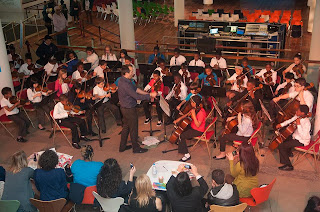





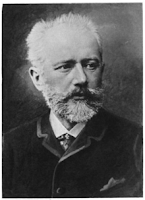














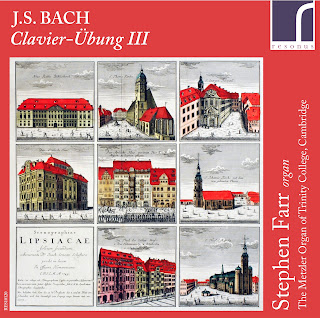












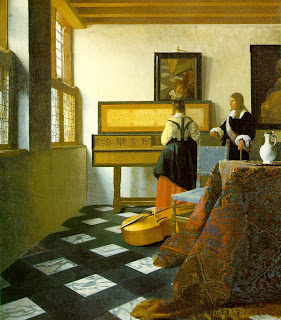


.jpg)
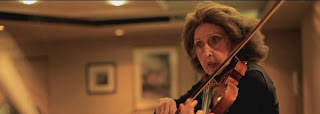
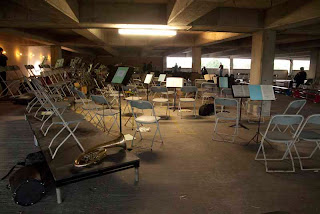





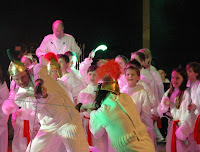











%20and%20kids.jpg)
